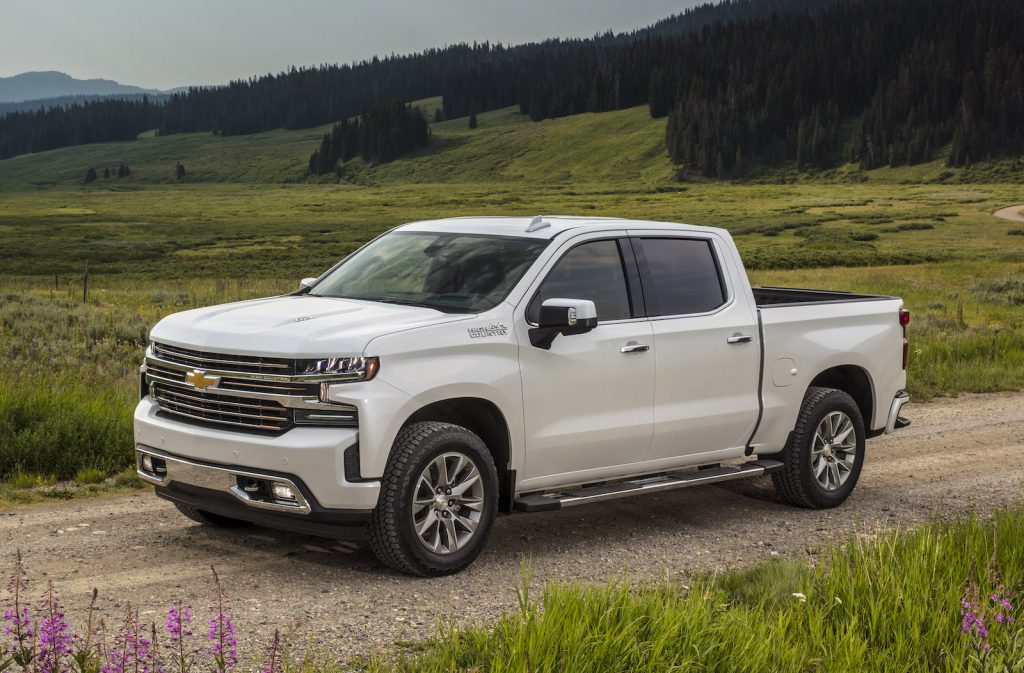Load it up with all the options and a new Ford F-250 Limited can push you right up against the $100,000 mark. But what if you’re simply seeking a stripped-down truck that’ll handle chores until you beat it into the ground?

Pickups have become hotter than ever during the last several years. Now add the fact that the semiconductors these vehicles each use by the dozens are now in short supply and you’ve got the formula for a troubling trend — at least as far as consumers are concerned.
Some low-end pickups have seen their prices surge by $6,000 or more in just two years. In many cases, that’s forcing buyers to shift from new to used models. But the “previously owned” market is also facing rapid inflation, prices rising, in some cases, more rapidly than for new models.
“Luxury trucks get all the play in the media for being so expensive,” said Tim Esterdahl, publisher and editor of website PickupTruckTalk.com. “The reality is that buyers are being squeezed by the price increases of the volume sellers.”
The price of admission
Take the entry-level Ford F-150 Regular Cab XL. A 2021 model currently carries a starting price of $30,685. Two years ago, the same model, with its 3.3-liter V-6, started at $28,155.

The 2021 Chevrolet Silverado Regular Cab Work Truck has risen by $1,200 since the 2019 model year, now starting at $30,995.
And the mid-range Silverado Double Cab RST trim, a slightly better equipped model popular with fleets and commercial customers, jumped from $40,295 to $46,295, a whopping $6,000 price hike, from the 2019 to 2021 model year.
The biggest price increase among base and work-oriented trucks came from Nissan, which hiked the numbers for its full-size Titan SL 4×2 by $6,590 from 2019 to 2021.
Some justification — but not always
Now some of the bigger jumps might seem justified because the vehicles underwent major changes during those two model years. Nissan brought out a new version of the Titan for 2020. And some other trucks received new hardware or technical features, including improved safety gear and improved infotainment technology.
But, in most cases, Esterdahl claimed, such upgrades can’t truly justify such big price increases. What does? “Demand has grown so high,” he suggests, while also pointing to shortages of microchips that have put a number of popular pickups in short supply.

Normally, automakers like to have a 60- to 70-day supply of vehicles on dealer lots. According to manufacturers and dealers, some products, like the F-150 Hybrid, are down to single digit levels, especially in truck-centric markets like Texas.
Making matters worse, corporate data shows a sharp decline in incentives in the last year. During the early days of the pandemic, when U.S. new vehicle sales fell by as much as 40%, savvy shoppers could find factory givebacks running to $10,000 or more on many pickup models. Today, a $6,000 incentive package is becoming rare. On top of that, dealers are far less willing to negotiate when they know there are plenty of potential buyers for the trucks they can get from the factory.
Used truck buyers also get slammed
At times like these it’s common for some buyers to shift from new to used, especially the low-mile certified pre-owned models manufacturers offer with like-new warranties. But they’re also in short supply as demand increases.
According to tracking service Edmunds, used vehicle prices, on the whole, have surged 14% over the past year, about 10 times the rate of inflation. High-demand products, like recent-model pickups, have gone up even more. While that’s bad news for buyers, it can be good news for sellers. Esterdahl purchased a Ford F-150 Hybrid late in 2020 and may trade it in this year. He says he expects to get at least what he originally paid for the pickup and could even turn a profit, despite the wear-and-tear.